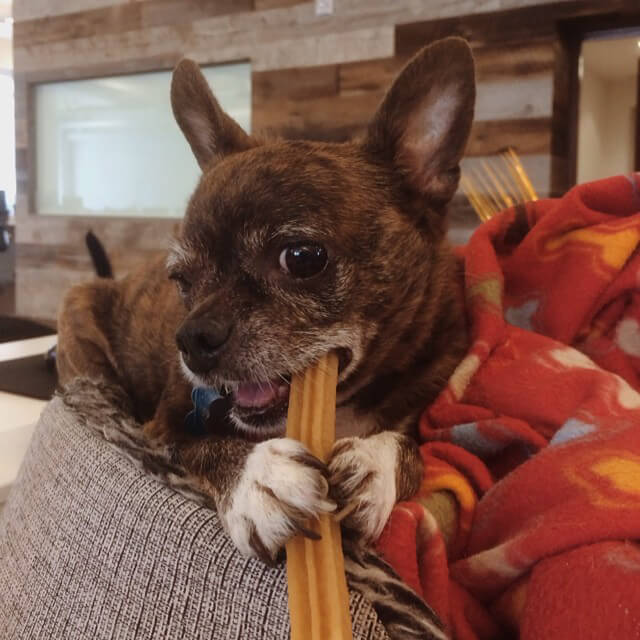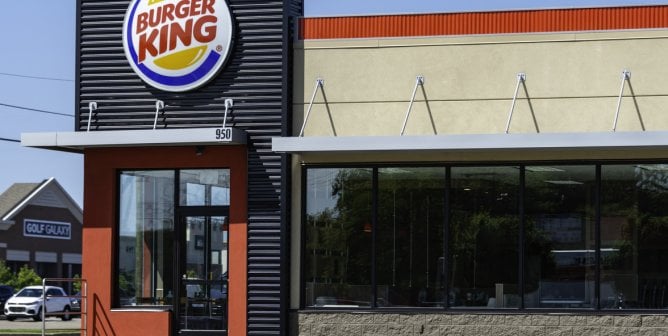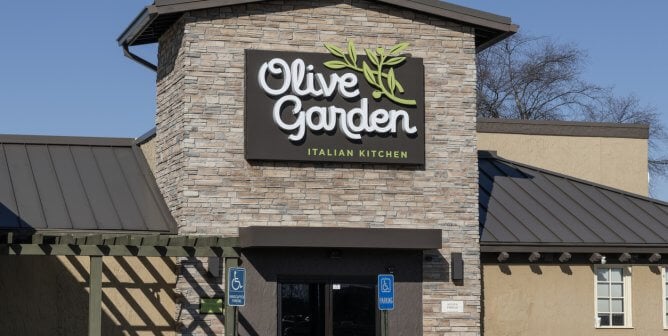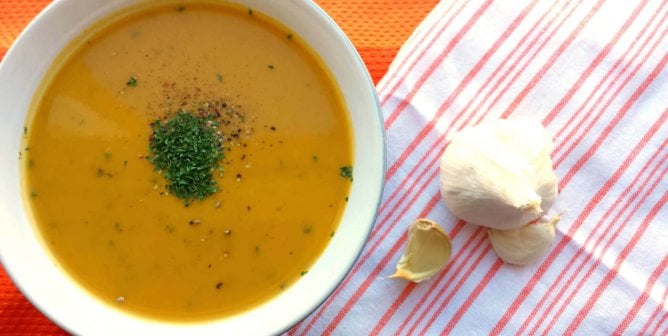Is your dog a chubby Charlie? Has Princess gotten a bit plump? If their torsos are the same width from shoulders to hips with no discernible waistline and you can’t feel their ribs after pressing gently on their sides, they’re overweight. Obesity can put stress on the heart, lungs, and joints and can lead to digestive problems, skin and respiratory disorders, arthritis, cancer, high blood pressure, and diabetes and may even shave years off your dog’s life.

Weight gain is usually a simple matter of eating too much and not getting enough exercise, but sometimes illness may be to blame, so it’s a good idea to take your dog to the vet for a checkup to rule out any medical problems.
You want your best friend to be around for many years to come, so try these canine slimming tips:
Tweak the feeding recommendations on the pet-food label.
These guidelines are just that—guidelines. Dogs who are elderly or inactive don’t need as much food as young, active puppies do. Ask your vet to recommend the amount of food that’s right for your dog, or use this calculator.
Walkies!
Ideally, you should take Fluffy for at least three or four 15-minute (or longer) walks every day. If she’s out of shape, start out slow and work up to longer, faster walks. Don’t overdo it—at the first sign of fatigue, stop and take a break—and take along plenty of water. You can also go to the dog park several times a week for some canine socializing, which benefits both the mind and body.
Losing weight will make your pup feel so much better, and as a bonus, exercising your dog might help you lose weight, too!
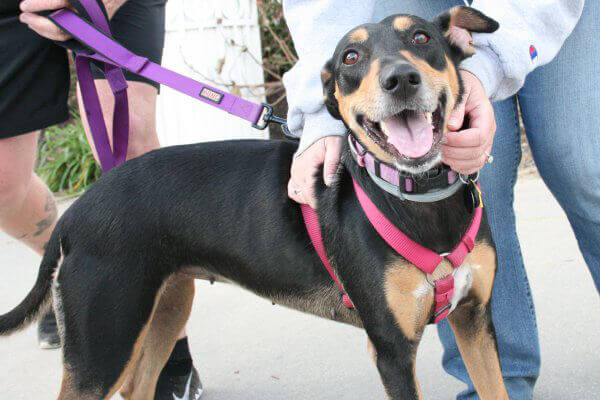
Don’t leave food out all day.
Set up a feeding schedule (preferably two or three times a day), stick to it, and take up any uneaten food after 20 minutes. (Hint: If your dog regularly leaves uneaten food in the bowl, you may be overfeeding.) This is better for dogs’ and cats’ health in general, too, as it’s easier on the body to fast between meals.
Give your dog healthy treats.
You don’t have to eliminate between-meal snacks—just choose them wisely. Offer Bella long-lasting chews that are low in calories and take some time to consume (which burns calories), such as raw carrots, broccoli, asparagus, celery, and apple slices (but no seeds) and dental chews like V-Dog breath bones. For hours of entertainment, Kong toys can be stuffed with canned dog food, but just be sure and purchase the right size Kong to accommodate Bella’s tongue (large enough that it won’t get stuck!) and give the Kong a thorough scrubbing after each use.
Substitute play for food.
When Fido begs for a snack, instead of just doling out treats, pick up a ball, knotted rope, or squeaky toy and play a game of fetch or tug. And teach him how to play hide and seek: Have him sit and stay in one room while you go to another room and hide behind a door or piece of furniture. Be sure to have some small pieces of kibble or training treats in your pocket. Next, call out “Come!” and Fido will have a field day sniffing you out of your hiding place—because he knows he’ll get a tasty, if small, reward for his efforts.
Text VEG to 73822 to get the latest vegan lifestyle tips, recipes, and urgent action alerts texted right to your phone.
Terms for automated texts/calls from PETA: https://peta.vg/txt. Text STOP to end, HELP for more info. Msg/data rates may apply. U.S. only.


